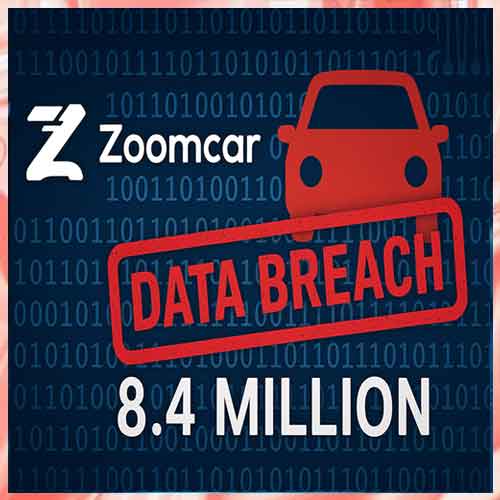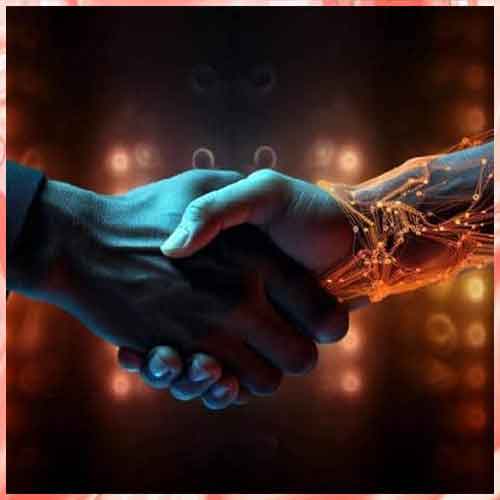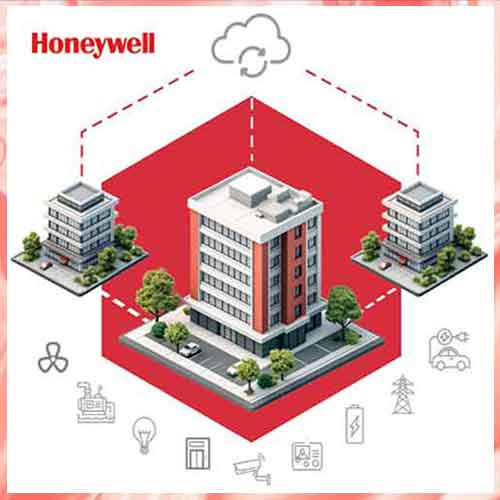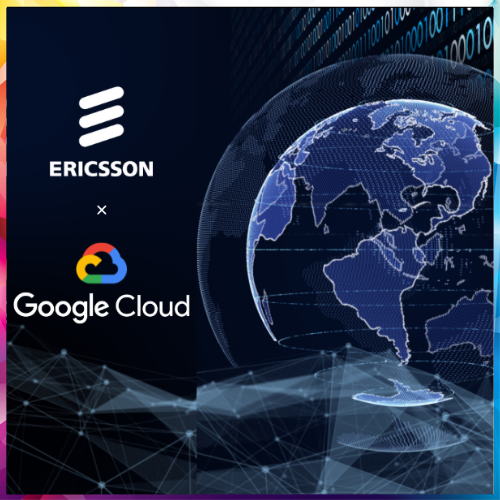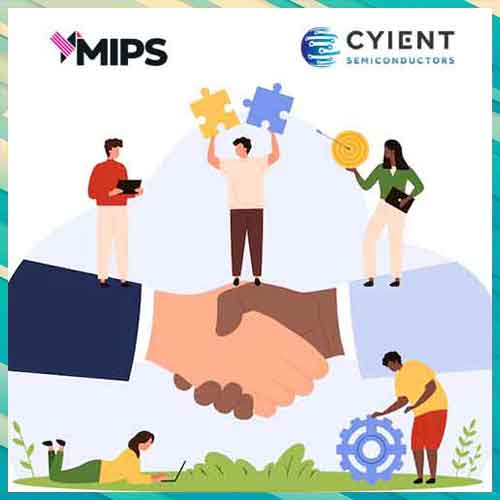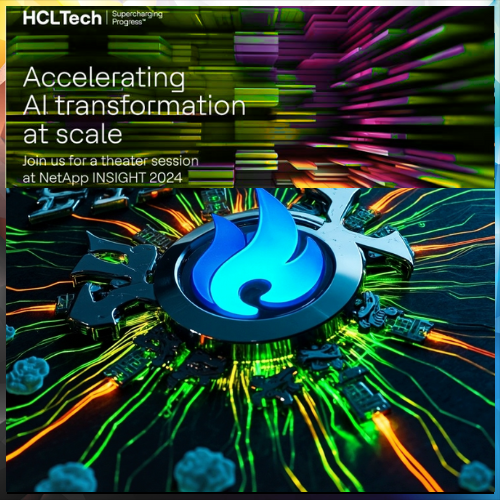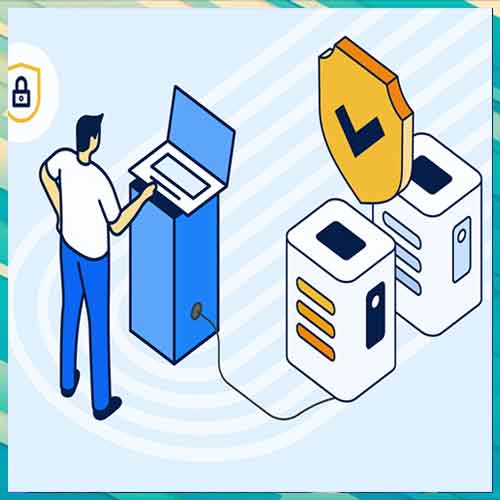The 'Multitasker' CIO is Here
2018-07-23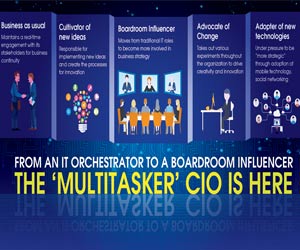
The role of a CIO is increasingly transforming industries, seeping into every part of the business and escalating as a corporate priority. There is no surprise then that the role of the CIO is also transforming and increasing in importance, so much so that he or she is expected not only to own and drive technology initiatives, but also to understand Digital, Industry 4.0 and other new-age technologies
It is a proven fact today that the role of a CIO has changed from a technology leader to that of a business transformation leader. While previously a CIO was primarily concerned with building and delivering technology, they are today seen as someone who would influence the purchase of a range of technologies, and nurture talent and innovation across the business. Top CIOs today have responsibility for businesses outside traditional IT -the most common being innovation and transformation.
A few years back, the CIO had to worryabout things like the mainframe computer and available issues as at that time technology did not see much of an advancement. But times have changed now. Advancements in technology have changed the way CIOs look at deployments today, eventually bringing a big change to theirrole.
Says Parveen Kumar Sharma, CTO & Consultant – IT, The Institute of Chartered Accountants of India,
“Businesses in most of the organisations are currently undergoing some kind of digital transformation as they focus on improving the delivery and scope of their latest products and services. As a result, the role of CIOs is changing fast.”

In other words, a CIO is expected to contribute to strategy more than just maintaining technological platform,” says Dr. Vijay Choudhary, Chief Technology Officer - HRH Group of Hotels. “The new waves of Digital transformation has created lot of expectation from a CIO. Their Roles will be crucial to successfully articulating customer-facing solutions, developing new revenue opportunities, creating capabilities for global representation and fostering innovation within their organization.”
Not only is he or she expected to own and drive technology initiatives, a CIO is supposed to understand Digital, Industry 4.0 and other new-age technologies, and explain the implications and possibilities of such technologies to business leaders. “For example, Artificial Intelligence can fundamentally transform end-consumer experiences. But the CIO needs to be able to articulate the benefits of AI in a way that business leaders can rally around,” says Amitabh Mishra, Chief Digital Officer – Vedanta Resources.
Ravinder Arora, Head – Information Security, IRIS Software feels that due to the reliance on technology to grow and succeed, the CIO has become a fundamental part of the business and business also rely heavily on CIO for success of any projects. “Rather than being the controller of technology spending, a CIO has to today orchestrate the availability of modern IT services that the business needs to meet its goals, compete effectively and respond to the demands of the market,” he says.
“Few years ago, CIOs were normally “IT people” who had qualifications in areas such as Bachelors of IT or engineering,” says Amit Jaokar, EVP – IT, Choice International. “However, nowadays, the CIO’s skill has required an increasing amount of domain knowledge of the industry they are in and to top it business knowledge.”
He further continues, “Of late, it’s become conjoint for CIOs to not only have significant technological credentials but also to have acquired advanced grades in business (e.g., MBAs). This shift is revealing of a larger trend in which CIOs arerelied upon to lead their companies' digital advancements by creating an IT strategy that sets the course of innovation while accommodating digital initiatives. The IT function is now integrated into all aspects of anorganization and is expected to operate as a business-within-a business. Overseeing these changes is the CIO, a role that is constantly evolving to meet the new world of Technology,” he continues.
According to Bipradas Bandyopadhyay, Head of IT - Zuari Infraworld India, the role of a CIO has now got expanded to become a revenue-earning role for the organization. Taking cognizance of the digital age, a capable CIO would create distinct competitive advantage for the business through use of technology in the fields of marketing, sales and delivery of product and/ services and generate excellent top-line values for the business. “Digital transformation that ensures that the organization stays ahead of the curve has now become the primary responsibility of a CIO, thereby taking him/her out of the comfort zone of IT Infra management,” he reiterates. “Example of such expansion is the CIO also becoming CDO (Chief Digital Officer) where s/he takes care of implementation of digital initiatives inside and outside the organization with the help of latest technology.”

This while expanding the role of a CIO also provides assurance to a business that both information and technology are in safe hands.
Earlier technology depth of the CIO was more important as most Hardware/Software/Network used to be managed by the internal ICT team of the organization and every setup required expertize.But now with automation, the scope or requirement of technical intervention in the setup or management has become much less, as pointed out by Shiv Shankar Datta, Head – Information & Communication Technology, FCA India Automobiles. “Moreover the outsourcing option availability has made the job much simpler,” he explains.
According to him, the CIO’s main responsibility includes -
• Managing the Top Management
• Setting & Managing the overall user expectation
• Managing the ICT team such that they always feel relevant & get engaged with what they do Giving them freedom of operation and guiding them to the growth path
• Managing the Vendor to get the best of the technical service & support & reasonable cost
• Occasionally disrupting the way the business is done by Innovating ideas & areas where the technology can make difference in the business process
The increased responsibilities and burdens that have beset the CIO have also increased their power and influence within an organization too. However, this also means that CIOs are being forced to look beyond simply “IT matters” and to also consider changing business regulations and laws to ensure that their infrastructures meet the responsibilities of the business. As such a CIO must look beyond whether the company’s servers are provided by Dell or HP and instead examine the overall capabilities of a network to support a business.
Technology adoption – a big game changer for a CIO…
It is understood that the CIO’s role is changing with the evolution of technology and more automation. But along with this change, a CIO also needs to change him/herself to adapt to the change, else they run a risk of getting side-lined in the organization.
Sanjeev Kumar, Director & CIO, Apon India agrees that upgrades and fast innovation & growth in technology is not only having a profound impact on our lives and businesses, but it is also impacting the role of a CIO immensely. “From a CIO perspective, I would say that the right technology orchestration skills with business strategy skills supported by leadership qualities have tremendous value. Most of the highly skilled confident people say CIOs/CTOs/CISOs as we see trends in US and Europe, they prefer working as freelancers or as consulting partners to many organization. They do not prefer to operate on nine to five job needs in one company. These professionals feel that their Strategic and Innovative thinking ability better work when they are into minimum occupational noise that for obvious reasons routine job creates.”

According to him, the ‘orthodox IT Head and CIO’ role will vanish soon in many organizations with deluge of technology, innovation, automation, cloud, agile apps, outsourcing taking place with fast pace and other developments like business heads are other functions head taking up this responsibility of IoT or Cloud centric IT management. “IT has become a major business differentiator in almost all the areas of business, be it product creation, customer service, supply chain, quality, vendor management etc and in almost all the functions It is needed to have superior IT implementation. The Digital divide between the CIO and Business Heads is vanishing,” he says.
Technology has been a key player toward CIO reformations with technologies like big data, analytics, AI/IOT, Robotics etc. playing key roles towards it. These technologies are creating big disruptions in the business world and a CIO can't just say no to it. With IT gaining such big prominence, the role of a CIO has come to provide key and actionable information on a near real time basis using best-in-class technology available.
“Technology, by definition, is always going to change. A few years ago you heard a lot of noise around SMAC. Now, that has gone and the focus has shifted to Digital, Industry 4.0 and AI. Change is constant in the technology space. Accordingly, the role of the CIO continues to evolve. Unlike other supporting functions such as Finance or HR, where change occurs far more slowly, in Technology the pace of change is quite fast. While that keeps the CIO’s life interesting, it also places a certain amount of stress and burden on the CIO’s mind. Not only does the CIO need to keep the lights on, he or she also needs to ensure technological opportunities are proactively utilized,” says Amitabh.
With more and more organizations now entrusting their IT resources and processing to the cloud, the cloud trend is likely to grow in the coming years. To illustrate, Gartner predicts that cloud datacenters will process 92 percent of workloads by 2020. Cloud workloads are expected to increase 3.2 times in that same span of time, Cisco forecasts.
“The cloud has grown in popularity in recent years. Bringing freedom from hardware constraints, to agility and always-current functionality, it’s hard to deny its benefits. Besides accessibility, there are a number of other things that need to be considered when deciding. Software ownership, cost of ownership, software updates and additional services, such as support and implementation,” says Parveen.
The 2018 Gartner CIO Agenda Survey confirms the changing role of the CIO
At the 2017 Gartner Symposium/ITxpo, Gartner analysts presented the survey findings of The 2018 Gartner CIO Agenda Survey. The survey gathered data from a record number of 3,160 CIO respondents in 98 countries and all major industries, representing approximately $13 trillion in revenue/public sector budgets and $277 billion in IT spending. For the purposes of the survey, respondents were categorized as top, typical and trailing performers in digitalization.
The survey results show that 95 percent of CIOs expect their jobs to change or be remixed due to digitalization. While world-class IT delivery management is a given, it will take up less and less of the CIO's time. Respondents believe that the two biggest transformations in the CIO role will be becoming a change leader, followed by assuming increased and broader responsibilities and capabilities. Inevitably, the job of CIO will extend beyond the traditional delivery roles to other areas of the business, such as innovation management and talent development.
The survey showed that a majority of CIOs say that technology trends, specifically cyber security and artificial intelligence (AI), will significantly change how they do their jobs in the near future. Cyber security continues to threaten the global landscape in 2018, and 95 percent of CIOs surveyed said they expect cyber security threats to increase and impact their organization.
CIOs surveyed rank AI, followed by digital security and the Internet of Things (IoT), as the most problematic technologies to implement. Survey respondents agree that the most common pain point is the fact that these technologies, particularly AI, demand new skills, some of which can be hard to find.
In the early days of cloud, there was always a perception that cloud, especially the public cloud has security as a flaw. However, CIOs are realizing that the cloud is as secure as, if not more secure than, their on-premise infrastructure.
“Once you move past this consideration of whether the cloud is secured or not, you will need to ask yourself if the price is right. That is a harder question to answer than security, because the total cost of ownership is difficult to figure out. Finally, there is the question of need. Should certain critical systems be on the premises? For example, if an IoT network is compromised, can it cripple the operations in an industrial company? If so, does it make sense to keep ‘connected’ equipment off the cloud?” says Amitabh.

Dr. Rajeev Papneja, COO & EVP, ESDS Software Solutionpoints out that for various reason, cloud has become a synonym to “Public Cloud”, whereas it is not so. “We can always have Private Cloud deployed On-Prem. We should not be choosing one over the other as both have their own advantages,” he says. “Both have been co-existing and will continue to co-exist. A Hybrid Cloud model, I believe is the right approach. A CIO needs to decide the right mix of workloads that remain On-premise versus the ones that move on public cloud. This is a continuous effort, as the workloads on public cloud having matured at some point might make more sense to be migrated On-premise for various reasons. While public cloud gives flexibility & cost advantage for short term usage, On-premise provides with granular control over security, data & its privacy, compliance & regulations and control at architecture level to meet demands of specific applications.”
Manish Sinha, Head – IT, Vectus Industries also thinks that an organization has to adopt a hybrid model, which could be 50:50, 60:40, 80:20 on premise versus cloud or vice versa. But it all depends upon the business scenarios and it’s on ground requirement. “For e.g. if we have our Invoicing on cloud and if we get disconnected by any chance from Application Cloud Provider or OEM then complete business would be stopped during that outage. But at the same time if we have this on premise (Private Cloud) where all sites are connected via ILL or MPLS then still there is a chance of business continuity. We have seen these outages with different cloud application providers where organizations have suffered losses due to non-availability of communication data such as emails for 2-3 days,” he says.
Just like the cloud, from organizations perspective, virtual IT infrastructure is also good. Over a time period it becomes economical too. Any organization that is having a digital dream is seriously embarking on the journey of Cloud and virtual IT Infra.
“I would like to make it clearer and simpler that Virtual infrastructure is same whether you deploy it on premise or on cloud,” says Vinod Pandey, Head-IT, GHCL Limited (Chemicals). “And it has tremendous advantage over the non-virtualized infrastructure. Now there are few businesses who are having very dynamic processes and are mainly located within major cities/locations. For such organizations, cloud is always better option. But, there are few organizations, mainly Manufacturing, those who are located in remote areas and are still struggling to have better connectivity. For such companies, on-premise virtualized solution is much better over cloud solution.”
Says Sourabh Tiwari, CIO/IT - Head, Overseas Infrastructure Alliance (India), “Hybrid VPC-HCI solution helps business to support critical/non S critical areas. Also, this helps in migration towards a modernized infrastructure set-up faster than the old traditional architecture.”
States Amit, “I have been using virtualization since 2010 and delivered many success stories using virtualization - projects which delivered Enhanced Quality, Business Continuity & Immenselysuperior END Customer experience. These solutions have greatlyimproved the efficiency of our IT resources and applications and has been asignificant return on our investment in terms of future needs.It is totally a GO GREEN approach with plenty of Cost savings in terms of DC space,Power, Racks, Servers, Network Equipment’s, Cooling etc.It has also helped us to enhance our operations not just from a ComputeManagement perspective, but also from a Business Continuity perspective aswell.”
And so…
Indeed, the role of a CIO has been ever changing. But this time it is happening at an even faster pace than ever before. The role of the CIO is today disrupted by what is known as the “Digital Disruption”.
While many CIOs have started with the digital transformation journey in their respective organizations, there are many who have not yet taken the front seat or are not able to lead the transformation journey. With businesses aiming to be competitive and agile enough for the sustainable growth, it has become a must and also necessary for them to adopt high level of Technology features. And in this, it is the CIO who has a very key and important role in growing the Business and optimizing it through Technology use.
Samrita Baruah
samrita@varindia.com
See What’s Next in Tech With the Fast Forward Newsletter
Tweets From @varindiamag
Nothing to see here - yet
When they Tweet, their Tweets will show up here.




